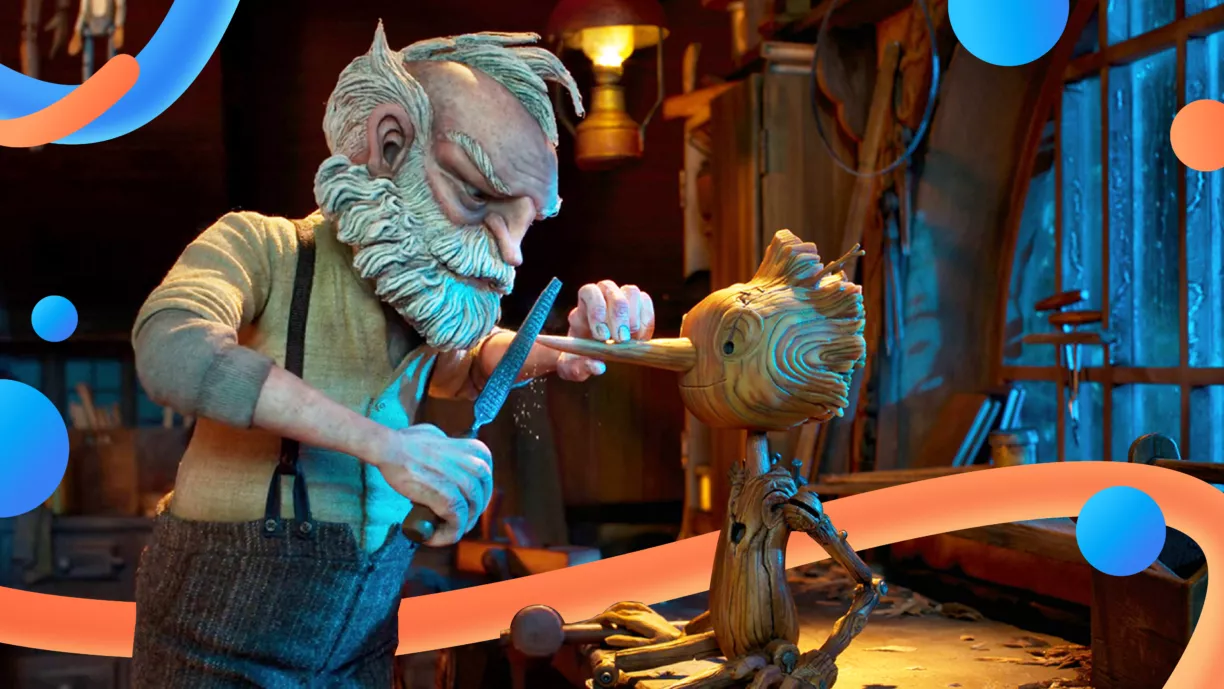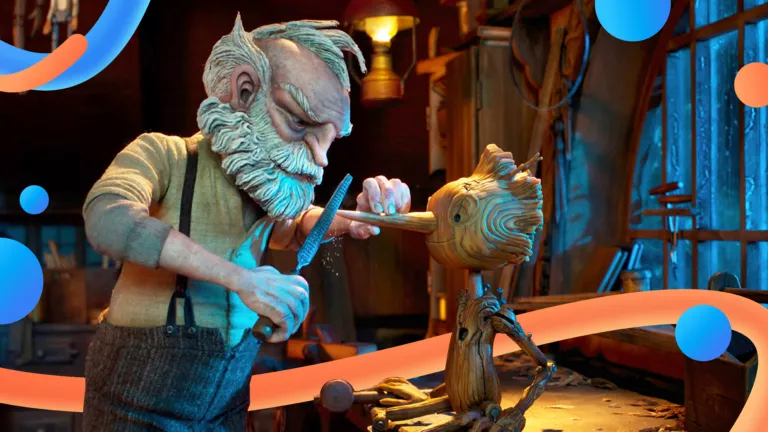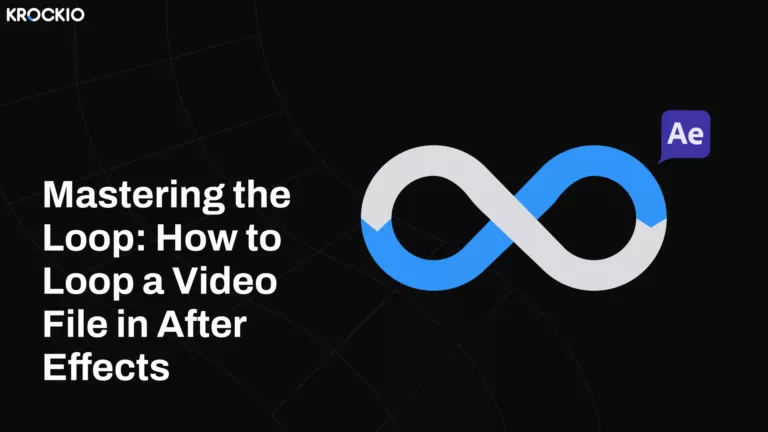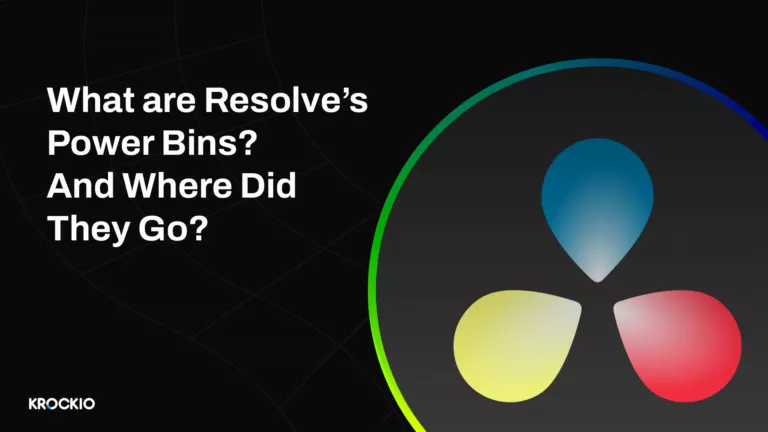The 1883 story by Carlo Collodi served as the inspiration for Guillermo del Toro’s stop-motion musical Pinocchio on Netflix. The film’s Academy Award-winning director spent almost a decade on research and development and another two years on production, and it’s already getting Best Picture hype, which is unusual for an animated movie.

What is Pinocchio about?
Pinocchio begins with a sad story about love and how the war took away a son from a loving father … a son who was his whole life …. with the death of Karl, the old man’s life lost all meaning … it was such a pain that wasn’t ready at all…
Already at the very beginning, you realized that this was not just a beautifully drawn animation but a film with great meaning, based on the incredibly sad story of one wonderful person from beautiful Italy.
Geppetto was an exemplary citizen, a kind and sympathetic old man. He devoted all his time to his son, raising him alone after the loss of his wife.
One day, when Geppetto came with his son to church, an airplane flew overhead and dropped a shell to throw off the ballast. At that very moment, Carlo remembered the lump in the church and came back for it, and poor Geppetto’s heart broke irrevocably.
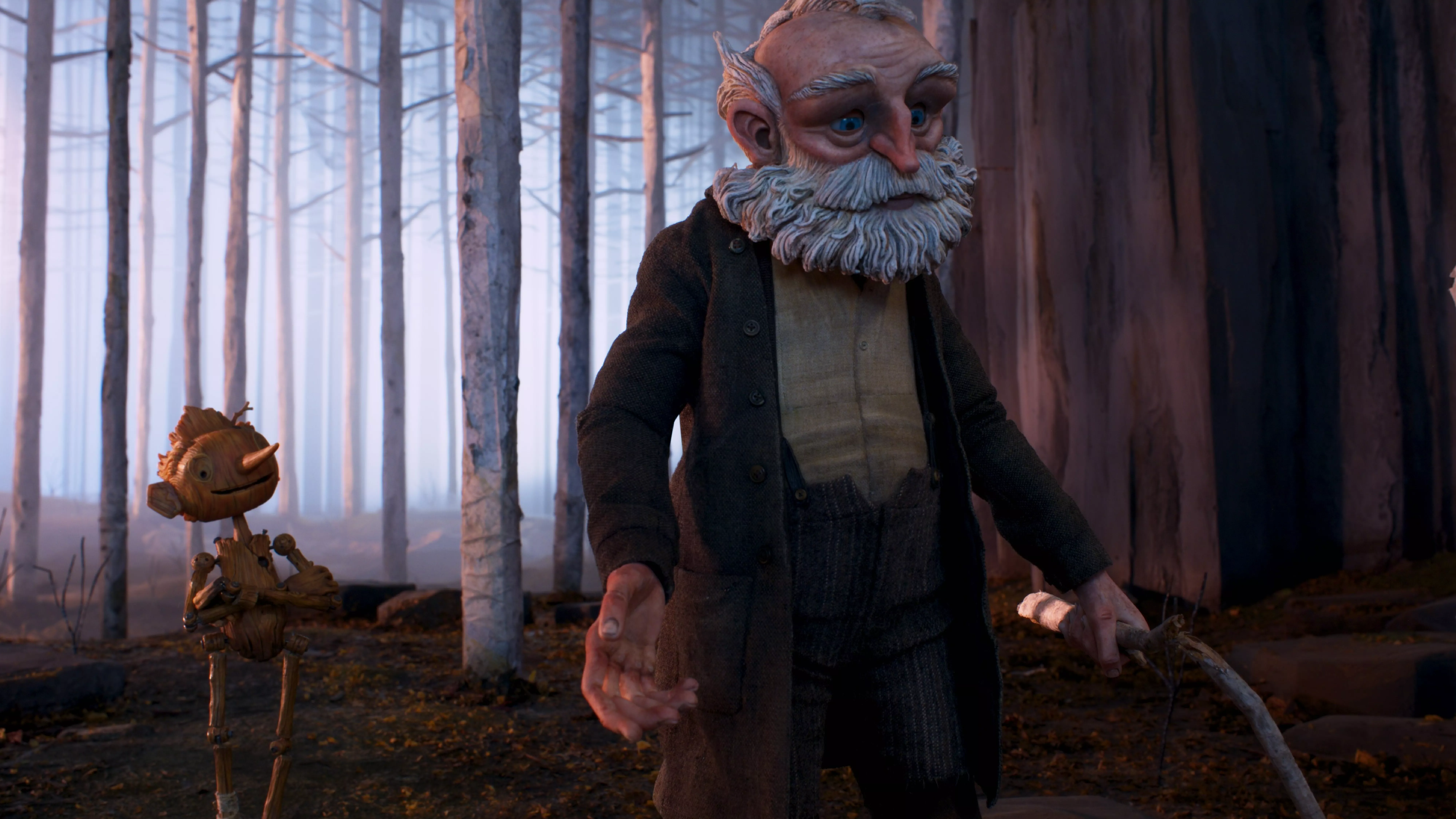
Geppetto spent all the time at the grave of his son, forgetting everything. The world has forgotten Carlo, but Geppetto is not…
Let’s discuss the making of the movie Pinocchio in order to better comprehend its meaning…
How was a full-length feature film shot?
By filming in “twos,” or with two of the same shot in each frame, animation supervisor Brian Leif Hansen and his colleagues were able to shoot at a speed of 12 frames per second. To mimic the puppets’ realistic movement, the animators for Pinocchio had to manually move them 24 times for every second of the video.
However, a number of sound stages had to be employed to film several sequences because they took weeks or even years to complete. During the Pinocchio production, 60 sets, 60 cameras, and 60 stages were all used at once.
What do the colors represent?
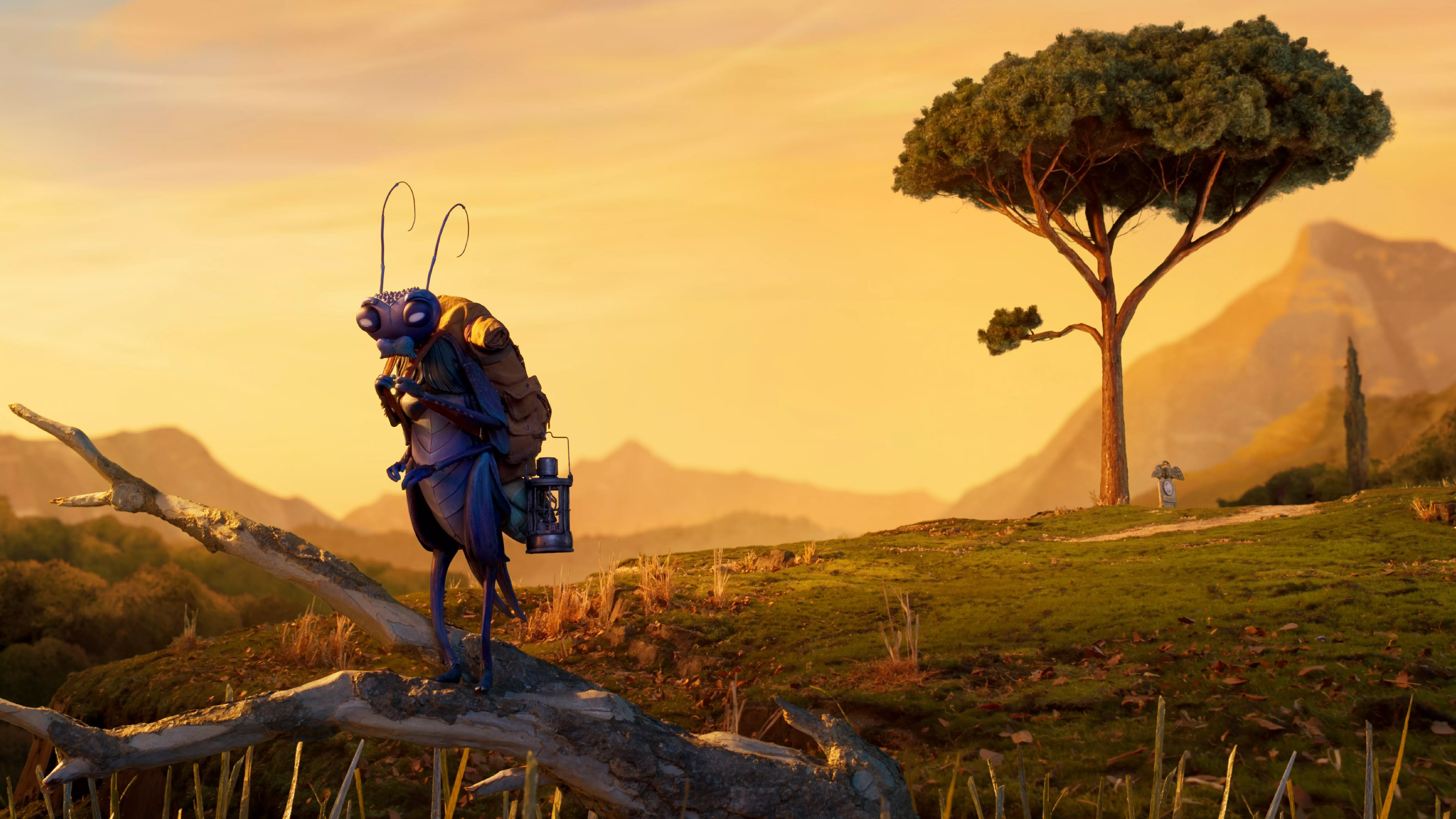
Del Toro directed a strict color coding system for each area in Pinocchio. Warm yellow and golden brown tones may be seen in Geppetto and Pinocchio’s setting, which is reminiscent of an Old World Italian town in the 1930s. On the other side, deep blues and purples are associated with the afterlife or limbo.
It’s all about the little things
No detail is too little when building a large-scale production from a small-scale setting. There were plenty of specifics to iron out because mechanical animation and actual materials were used for the great portion of the picture.
The team spends a lot of time in advance planning how they will manufacture (or reconstruct) the necessary materials and how they will act, as George says. “Especially with a movie like Pinocchio that is set in Italy during a specific era, the character designer’s illustrator creates a sketch with an idea of a costume, and we then have to add all the historical accuracy to that and figure out how we’re going to translate all these different fabrics to the puppet world. How do we make knit clothing? It involves modifying current textiles to make them realistic to our world’s scale.
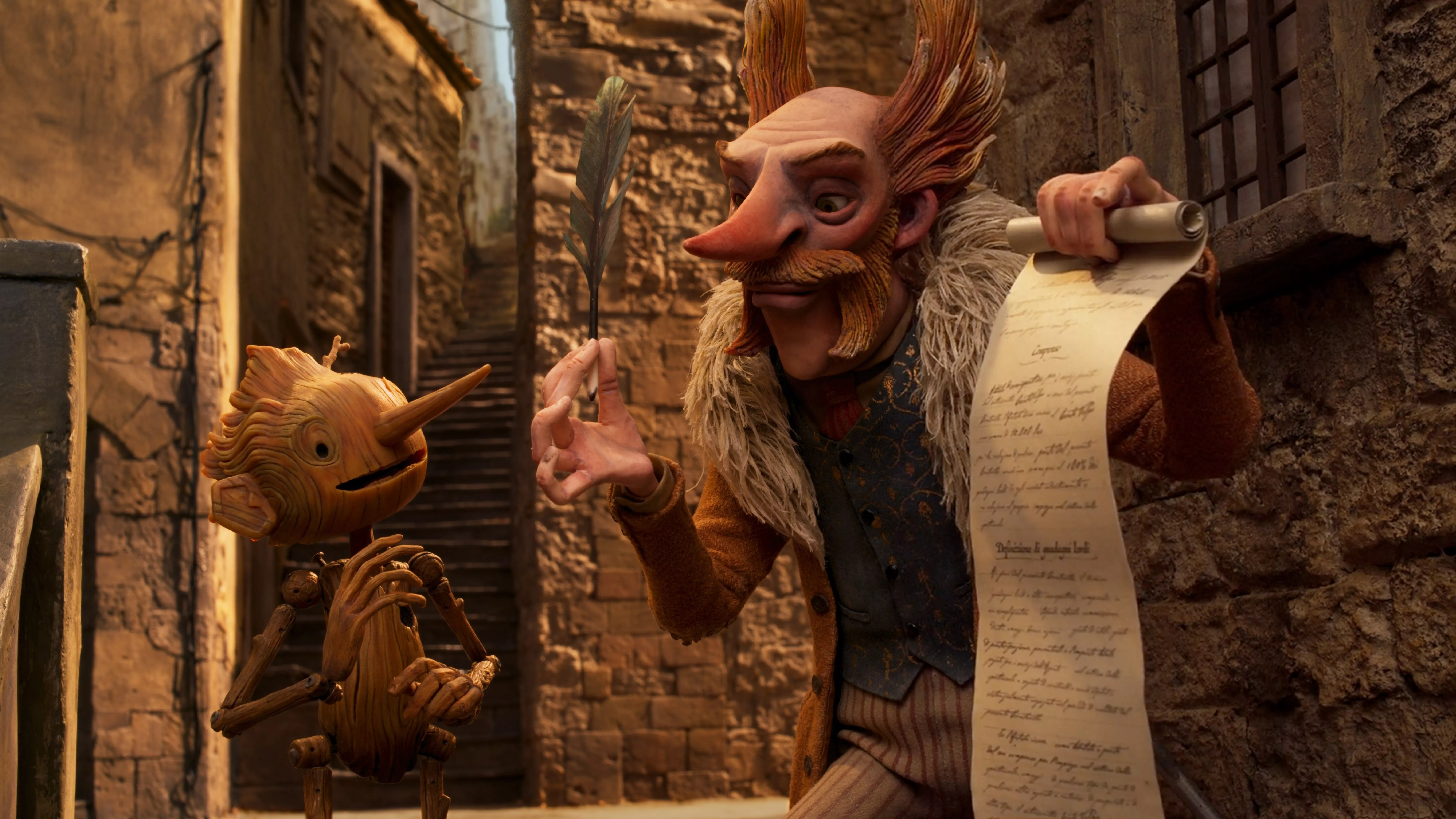
Along with the humans in Pinocchio, there are many other creatures like fish, insects, and animals, as well as the wooden Pinocchio himself. The paint jobs, according to George, are what ties them together. “I continually discuss it with the artists, and once I’m satisfied, I’ll present it to the production designer. Once everyone is satisfied, we evaluate with the directors.”
Making Pinocchio come to life
Hayns’ team had to make sure they were satisfied with the mouth shapes they had picked for each of the movie’s characters before they could experiment with 3D printing. The team then carried out drawn animation experiments, overlaying puppet maquette head sculpts on withdrawn cells to view their first concepts in three dimensions.
After approval of the final maquette drawings, they were 3D scanned and made into digital models. In the end, the complete torso midsection and its metal joints were 3D printed, making up the majority of the elements that went into creating the Pinocchio model in the movie.
These might be painted to offer a toy-like look that would have otherwise been challenging to produce, similar to the resin and silicone elements of the puppet.
A small wooden child has additional issues since his face isn’t truly like a human face. His eyes were therefore holes rather than any form of a ball or protruding object. The wood grain on him is entirely vertical, so that was another issue we had to deal with. Therefore, getting rid of that line would have been a nightmare.
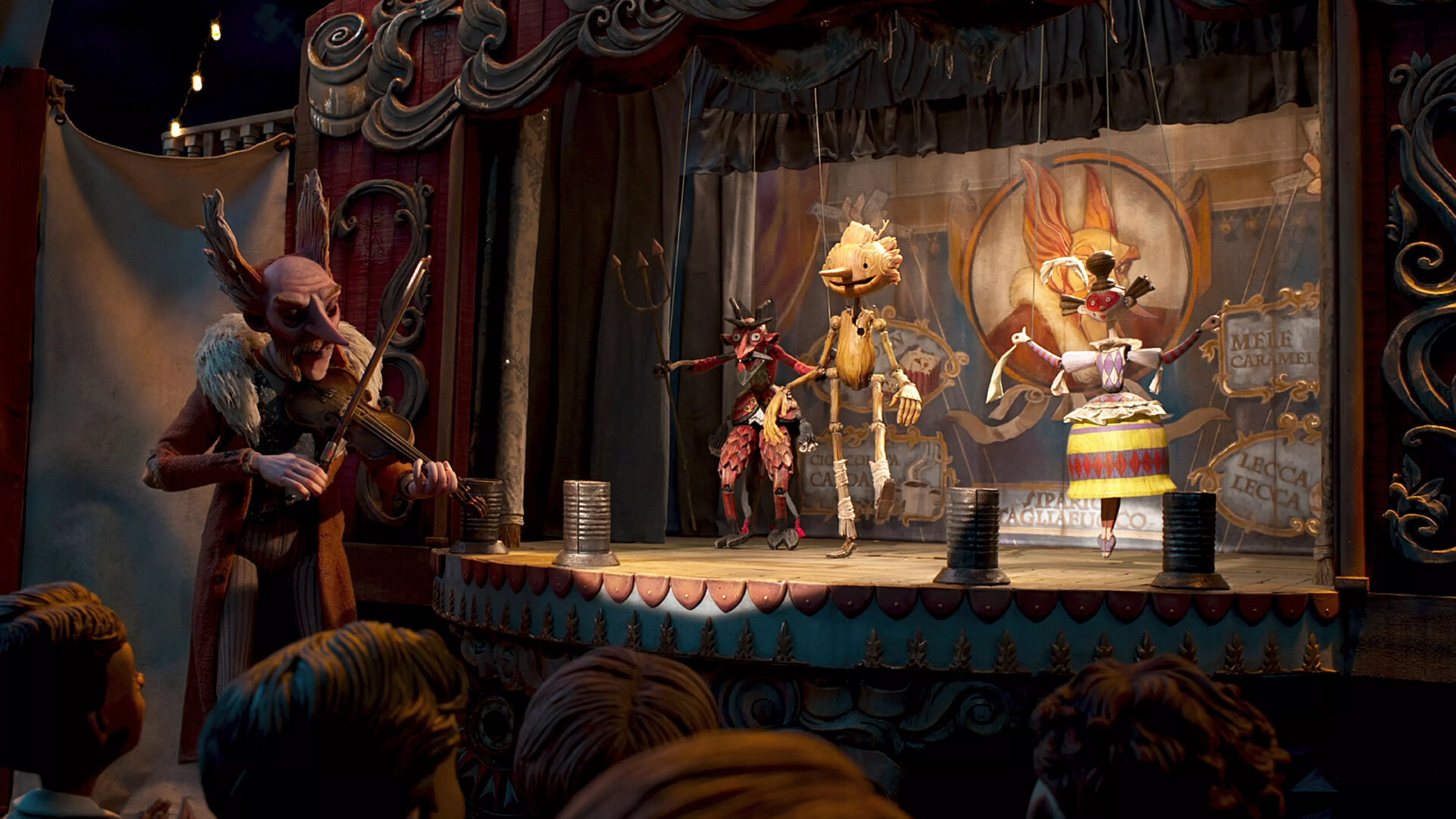
Due to this and del Toro’s desire for the puppets to actually “act,” Hayns and her crew gave them primarily mechanical heads, with Pinocchio being animated with full “replacement heads.”
The cast decided to 3D print them instead of manually designing the many heads for the puppet as his surroundings changed during the film, which substantially sped up the process.
She admitted that even though the ordering process is said to have involved a lot of back and forth, which worried Hayns and co. about whether the project could be finished on time, she thought “oh, this is our guy” when the orangey-brown final design arrived back at the studio, making the three-month wait worthwhile.
Conclusion
This is a story about love and loyalty, devotion, and the sad consequences of war. It reminds us of how fleeting and unpredictable our lives are. This story teaches us to appreciate the present and those who are close to us.
“What happens, happens. And then we leave…”

